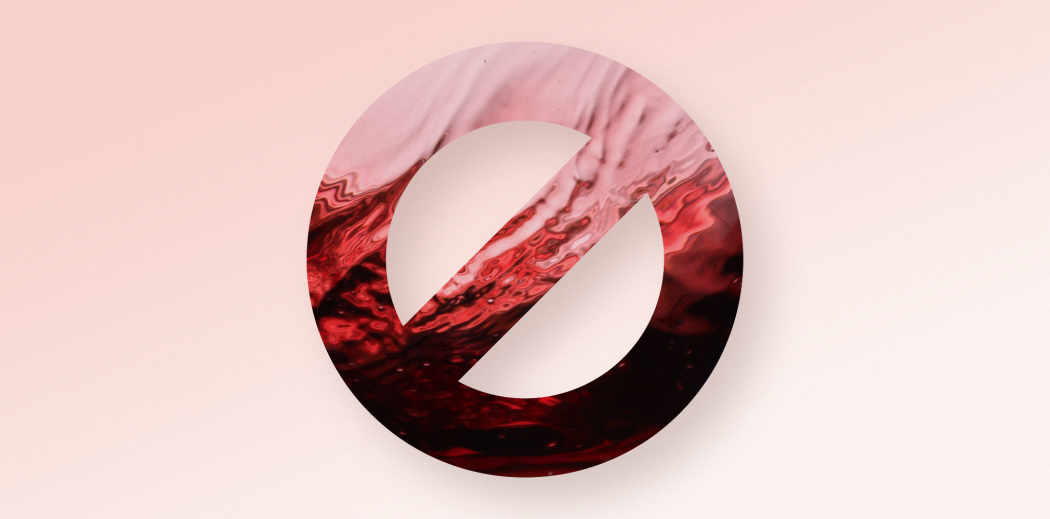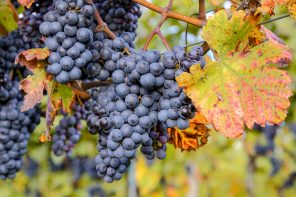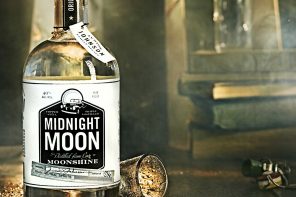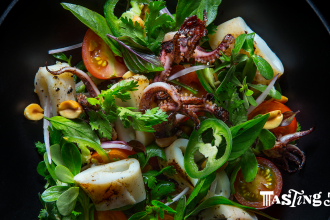At the dawn of the 20th century, the US wine industry boomed; from sea to shining sea, wine was produced to such a degree it was not only widely consumed but also exported to Europe. However, once the fires of the Temperance Movement were fanned, before you had a chance to refill your glass, alcohol became illegal. For 13 years, prohibition remained on the books with repercussions across not only the country’s nascent wine industry but also American society at large.
Prior to prohibition, the United States wine industry was doing well. In a post-phylloxera world that saw the vineyards of Europe decimated, the States stepped up to the plate to help fill the international wine deficit caused by that damn dirty louse. Ohio, California, Missouri and New York were all big wine producing states, and the American public had a strong appetite for wine. But more than simple grape juice was fermenting in States; a growing number of voices spoke out against alcohol in all its forms.
By the latter part of the 19th century, alcoholism was viewed as a social disease, the cause of a surfeit of society’s problems. Overindulgence in alcohol was associated with many of the immigrant groups arriving on American shores during the 1800s and elements of the Temperance Movement took on xenophobic overtones. By 1919, the movement had earned enough widespread support that Congress passed the National Prohibition Act, which laid the rules of engagement for enforcing the Eighteenth Amendment. In 1920 it went into effect.
All sale, production and transport of alcohol was outlawed. Sure, there was the odd loophole; families were allowed to make up to 200 gallons of wine per year, for personal use of course. Where the banning of booze was seen as a panacea, it didn’t take long for people to realize how very wrong they’d been. There was an unprecedented blossoming of organized crime outfits as rum runners and bootleggers got fat off supplying the demand for booze. Speakeasies by the thousands opened up from coast to coast to serve illicit drink. Still, some wineries eked through prohibition by producing sacramental wine. Beringer and Beaulieu Vineyards are amongst the wineries established at the end of the 19th century who survived the failed Noble Experiment where many were forced to close their doors.
By the time the Twenty-First Amendment was mercifully ratified in 1933, and prohibition rescinded, the damage was well and truly done. The US took decades to bounce back from prohibition, at least in a viticultural sense. The Great Depression and World War II didn’t help things along, but Americans’ taste had fundamentally changed, with beer and spirits taking preference over wine. In the years immediately following, what wine was produced amounted to low-quality swill. Back in the ’20s, quality vines were uprooted and replaced with high yielding varieties that most serious winemakers wouldn’t look twice at. There were glimmers of hope; André Tchelistcheff took over the reigns as BV’s head winemaker where he not only redefined the face of fine California wine, but also went on to consult at other estates and ultimately mentor many of the vintners who would emerge in the postbellum boom of 1960s America and establish California, Oregon, Washington and beyond as wine country of quality.
Today, the US ranks 4th in the world for production and leads in wine consumption – which is still on the rise. We took the roundabout way to get here, but America’s wine industry is in good health and with any luck, we’ve learned from the terrible, terrible mistakes of our forefathers and will never try and ban booze again.








